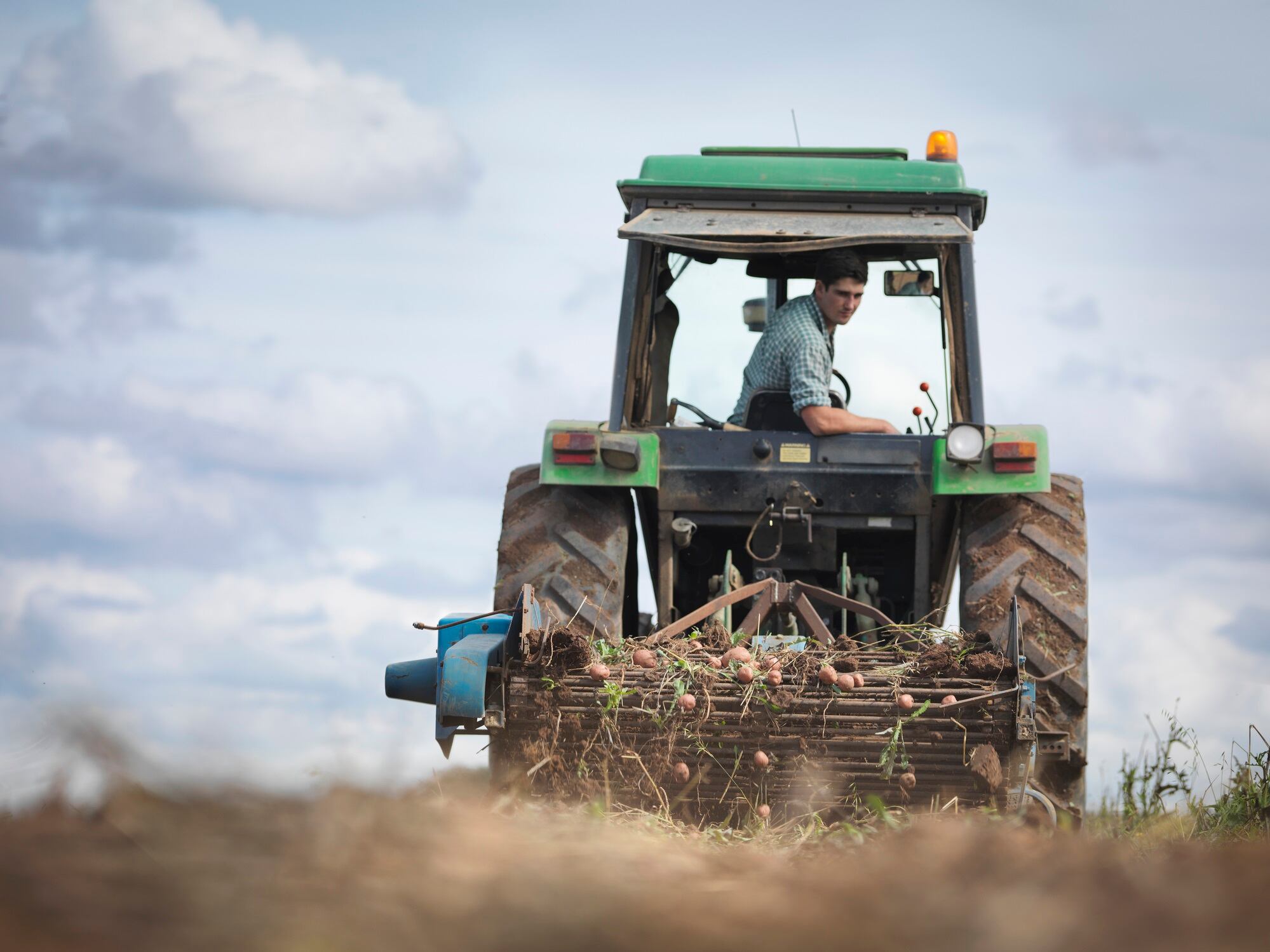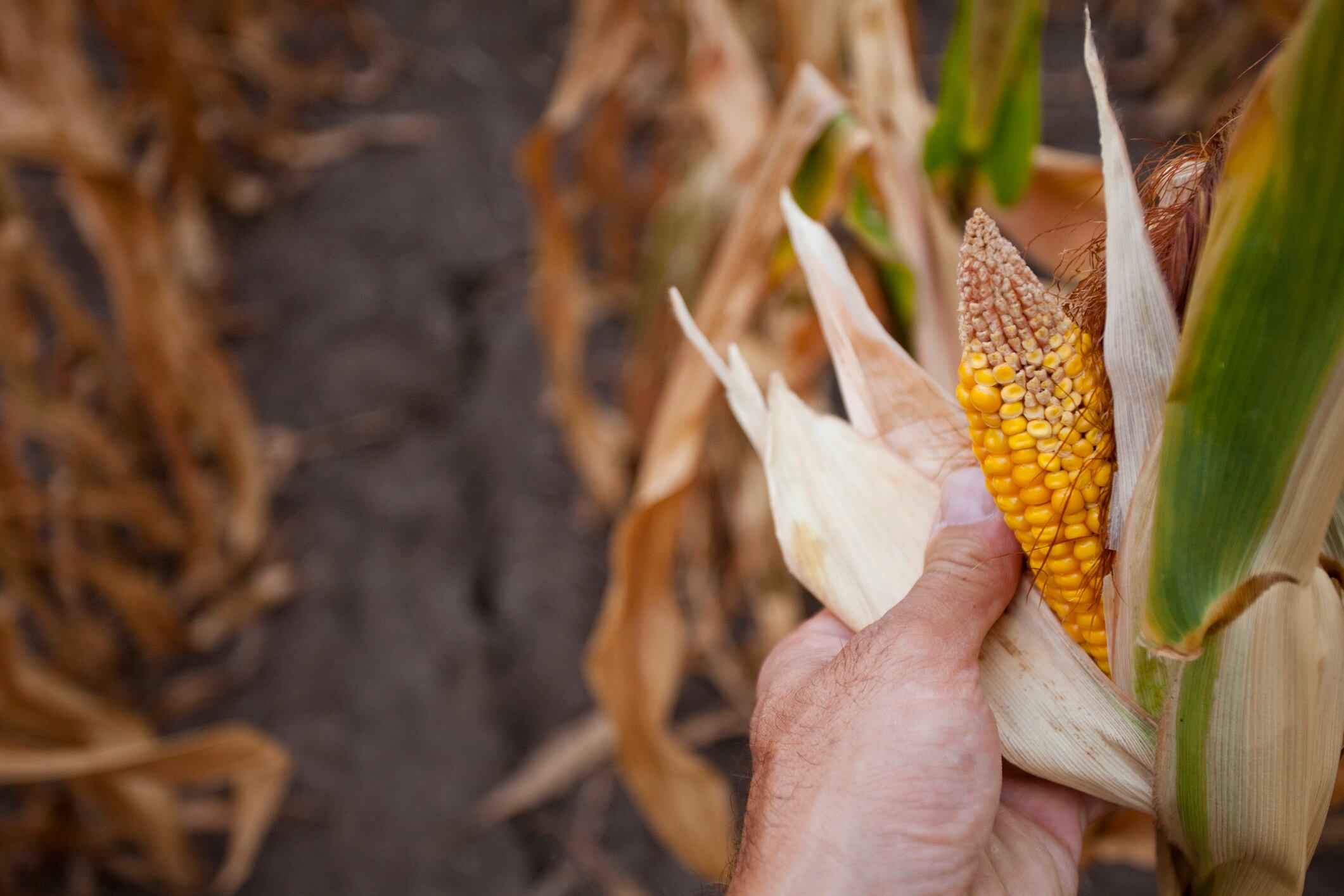The food and beverage landscape is shifting fast.
Climate change and biodiversity loss is threatening food security and spiking commodity prices. Geopolitical unrest is pushing energy prices up. And the growing threat of cybercrime is placing industry and consumers at risk.
Meanwhile new trends, such as health and wellness, are altering consumer wants and needs.
“The food and beverage industry is navigating a period of intense and layered disruption,” says Katy Askew, managing director of IFIS.
But how is this disruption shaping the food and beverage industry and what does the future look like?
What does the future of food and beverage look like?
Food production
Fears over future food security mean the food and beverage industry is having to change and evolve fast.
“We’re already seeing more food businesses invest to secure their supply and increase the resiliency of their supply chains,” says Peter Wortsman, partner at European Food and Farming Partnerships (EFFP). “Increasingly, food businesses are collaborating with their supply chain partners to support farmers in adopting practices which both improve farm income and reduce the impact of extreme weather events on their crops and livestock.”
Moreover industry is innovating to reduce the cost of data collection, monitoring and verification to support crop optimisation.
And going forward, precision farming and gene-edited crops are expected to play a key role in boosting yields, while reducing environmental inputs.
Manufacturing
In food manufacturing, innovations that address waste reduction and resource efficiency are becoming increasingly popular and will be increasingly relied upon to protect food security. There’s rising interest in converting food waste into functional fibres, flavour compounds, alternative protein sources and sustainable packaging, helping to close loops and reduce dependency on virgin materials.
Research on fermentation technologies, particularly precision and biomass, is also expanding rapidly. These methods allow the production of ingredients such as enzymes, proteins, and fats without traditional agricultural inputs. However, questions remain around scalability, consumer acceptance, and nutritional equivalence.
There are also signs of cultural changes within the industry, enabling supply chain actors to collaborate more closely, build trust and choose longer term resilience over short term profit maximisation.

Climate threat
Despite these positive industry actions, the effects of climate change are already being felt and will ultimately force the industry to make significant moves.
“More extreme weather events will force crops to move,” says EFFP’s Wortsman. “For example, coffee will be increasingly grown at higher altitudes. And southeast England will be more conducive to growing champagne grapes than the Champagne region itself.”
Added to that, researchers are warning that rising temperatures could lead to the loss of half of the world’s crops, including corn, wheat, barley and potatoes.
“Wheat and barley, two globally critical cereal crops, are increasingly vulnerable to heat stress and water scarcity,” says IFIS’s Askew. Though researchers are actively pursuing heat- and drought-tolerant cultivars using advanced tools such as CRISPR and genome-wide association studies (GWAS).
But more needs to be done. And experts are warning that the challenges faced require fundamental shifts across the food and beverage sector, not just incremental improvements, but a systemic change guided by science and long-term thinking.
“Sustainability must become embedded in decision-making not treated as a separate track,” says Askew. “That means developing more resilient supply chains, making informed sourcing choices, and reducing waste across every stage of production and distribution.”

What will people be eating?
The way people are eating is also changing fast and that evolution will continue into the future.
Food and beverage’s role in the health and wellness space is evolving. Consumer interest in areas including gut health, food as medicine, and personalised diets is growing, and with it, sales of foods and beverages that support them.
But as interest in products that promote health and wellness grows, so too does consumer confusion over what is and is not healthy, leading to demands for better, clearer information.
“The ability to find, evaluate, and apply trusted research, quickly and effectively, will be essential going forward,” says Askew.
This is particularly true of so-called ultra-processed foods (UPFs) as they play an increasingly important role in food safety, security and affordability.
And far from going away, they’re clearly here to stay as the global UPF market is estimated to grow at a CAGR of 9%, or $856.6bn over the next four years alone (Technavio).
“Processing enables a safer final food product, removing contaminants, reducing microbial growth and extending the shelf life of foods,” says Anna Rosales, senior director of government affairs and nutrition at the IFT. “Look back at the COVID-19 pandemic - we dealt with everything from supply chain disruptions to quarantine challenges - processed foods helped ensure families were fed.”

Industry and consumer safety
Recent attacks on Marks & Spencer and Co-op have publicly exposed the vulnerability of the food and beverage industry to cybercrime. And this threat is only going to grow as digital technologies become more deeply embedded in critical infrastructure and supply chains.
Furthermore, analysis of the Food Science and Technology Abstracts (FSTA) database reveals a clear upwards trend in the threat level, with the food sector likely to be victim to more targeted attacks.
“These are not theoretical concerns,” says Askew. “They relate directly to safeguarding food safety, supply chain continuity, and public trust.”
To mitigate these risks the industry is being urged to invest in both technical infrastructure and human capability.
“Cybersecurity can no longer be seen as a siloed IT function,” says Askew. “It’s integral to operational resilience, brand protection, and ultimately food security.”



